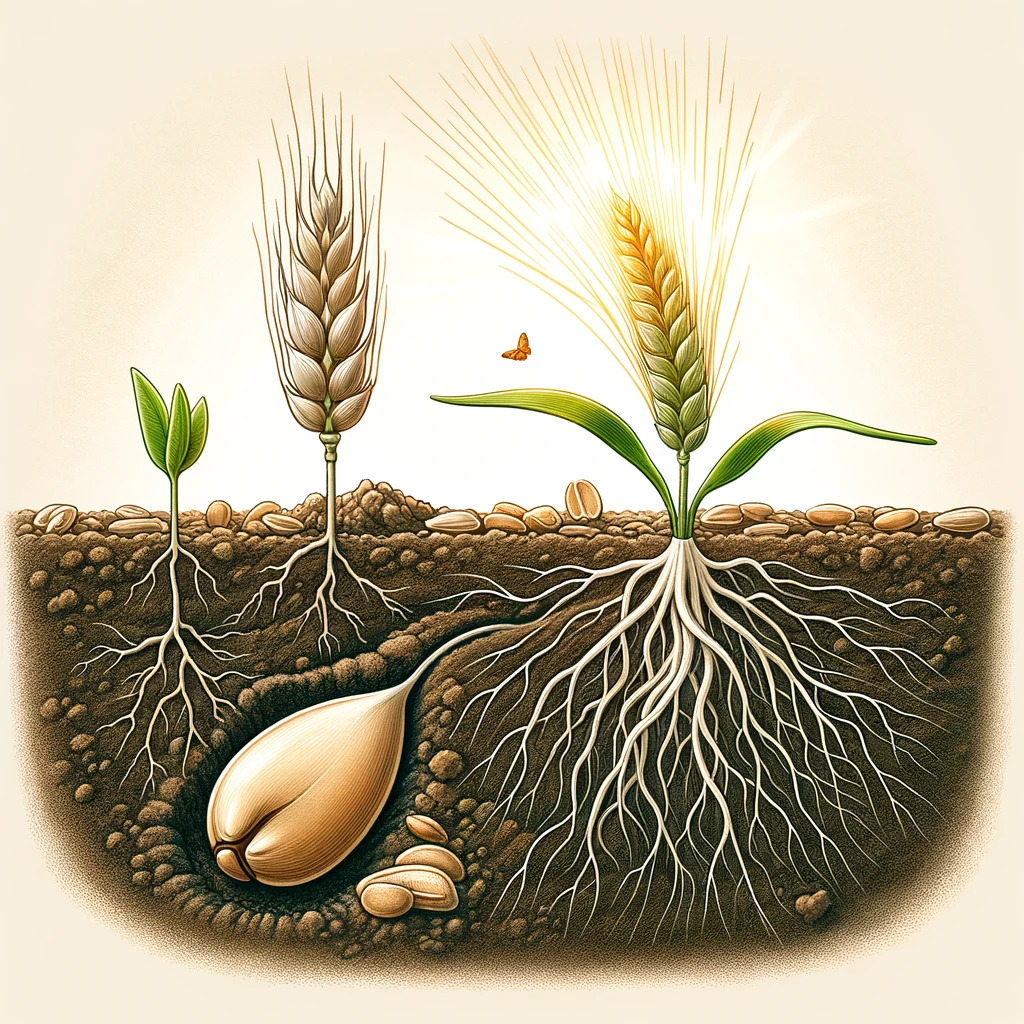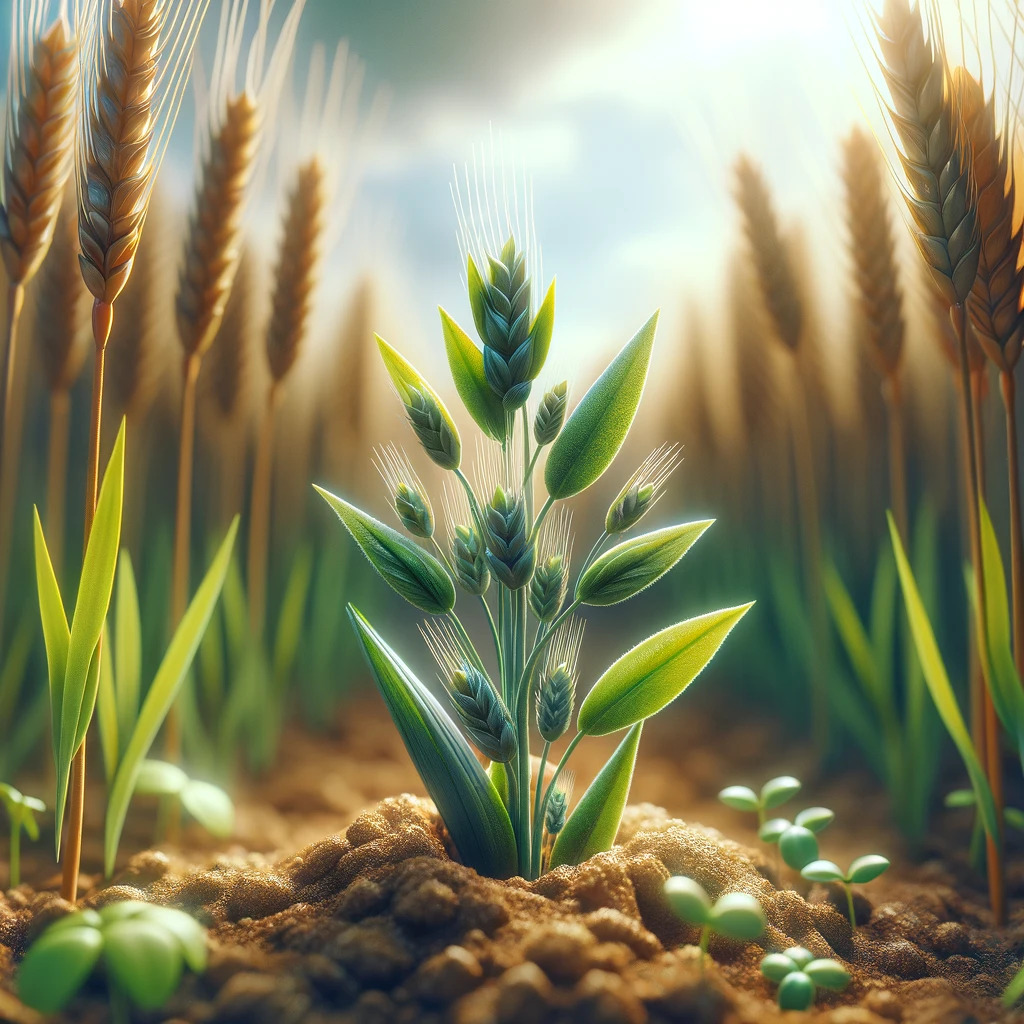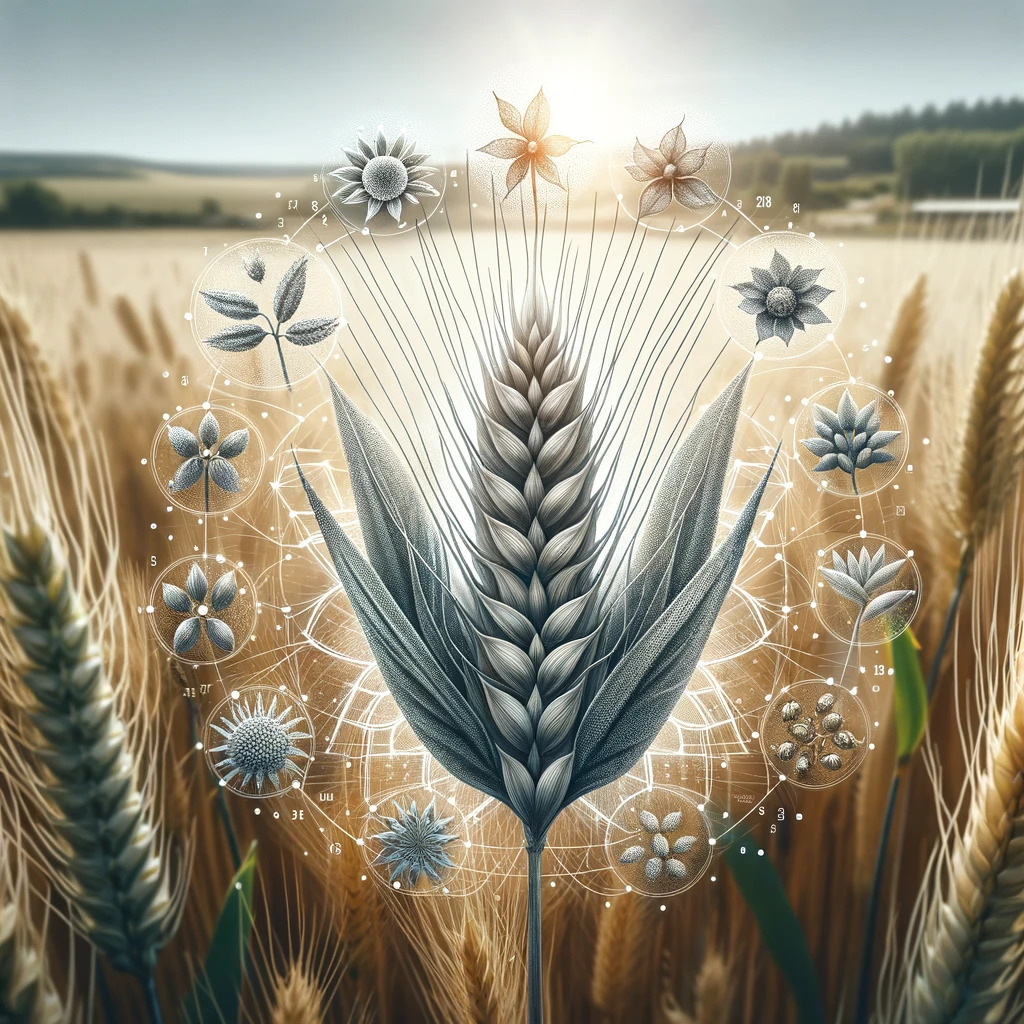
Wheat is one of the most cultivated and consumed cereals in the world, and its cultivation is essential in countries like the United States and Canada. Understanding the phenological stages of wheat is vital for effective agronomic management. This article addresses each phenological stage of wheat, providing detailed information for students and professionals in agronomy.
Phenological Stages of Wheat
Germination and Emergence
Wheat germination begins with the sowing of the seed and continues until the seedling emerges from the soil. This process depends on factors such as soil temperature and moisture.

Vegetative Development
During this phase, wheat develops its vegetative structure: leaves, stems, and root system. This period is fundamental to establish a solid foundation for future growth.

Tillering
Tillering is a process where the plant develops multiple stems. Each stem has the potential to produce a spike, making this stage crucial for determining the potential yield of the crop.

Heading and Flowering
In this phase, the wheat spike emerges and begins flowering. Pollination generally occurs within the spike, and environmental conditions can significantly influence this process.
Grain Filling and Maturity
After flowering, grain filling begins, where the wheat grain develops and matures. This stage is critical for the quality and quantity of the yield.

Harvest
The harvest is carried out when the grain has reached full maturity and the moisture content is suitable. Determining the optimal harvest time is crucial to maximize the quality and yield.
Conclusion
Detailed knowledge of the phenological stages of wheat is essential for efficient crop management. A deep understanding of each phase allows agronomists to optimize practices such as fertilization, irrigation, and disease control , thus improving the production and quality of wheat.
 AgronoBlog – Agriculture Blog
AgronoBlog – Agriculture Blog